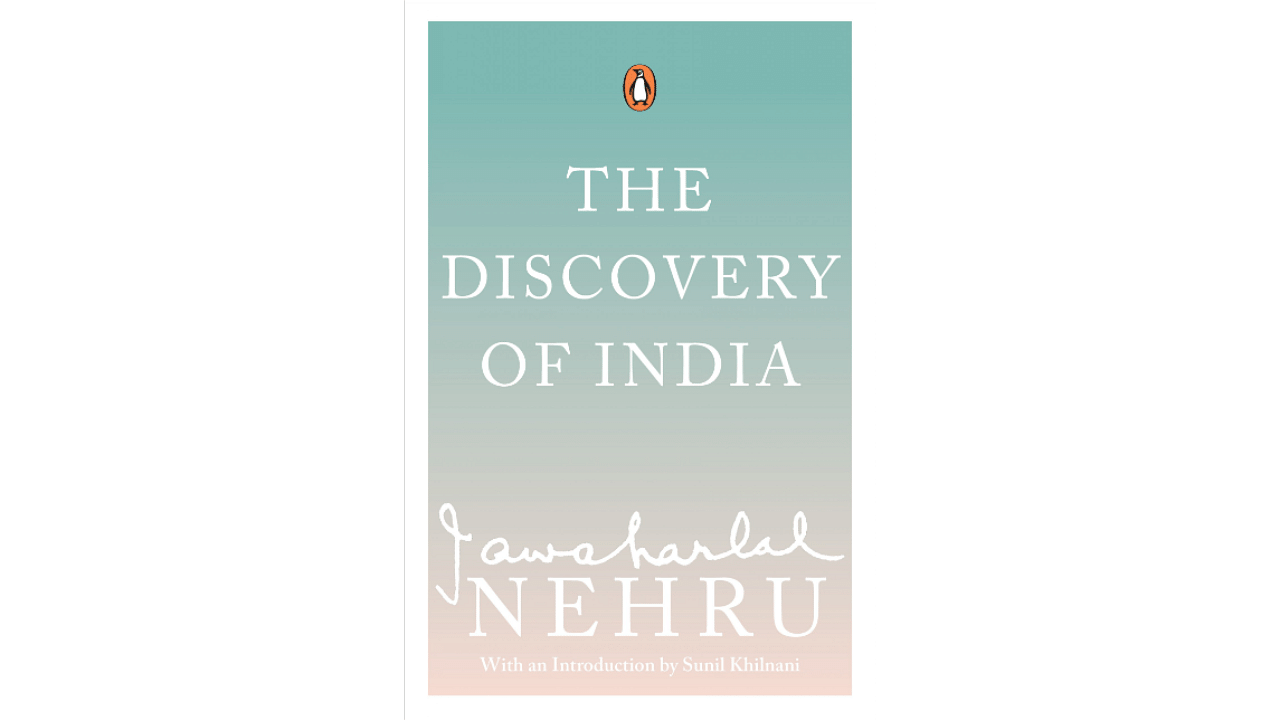India at 75 | Deep dive into India's Independence with these books
'The Discovery of India' by Jawaharlal Nehru (Credit: Penguin Books)

The Discovery of India by Jawaharlal Nehru is a go-to for anybody interested in Indian history. Nehru who by his own admission is a dabler in many things, was known for his lucid style of writing.
While imprisoned in Ahmednagar Fort in the 1940s, he wrote this book illustrating India’s rich history from the prehistoric era till the end of British rule. Written completely from memory, the book acquired the status of a classic since it was published in 1946. The book analyses texts like the Vedas and the Arthashastra, and personalities like the Buddha and Mahatma Gandhi.
'The Last Mughal' by William Dalrymple (Credit: Amazon)

The Last Mughal by historian and author William Dalrymple describes the fall of the last Mughal emperor, Bahadur Shah Zafar. While Zafar’s ancestors built one of the largest empires in the world all across the Indian subcontinent, the East India Company clipped his wings and kept him the king for namesake. With resentment brewing, Zafar enabled an uprising in 1857 which is unlike anything seen by the British Raj in the 19th century, which cost both sides thousands of lives. Dalrymple read previously unexamined Urdu and Persian manuscripts that include Indian eyewitness accounts and records of the Delhi courts for this book. It is a must read to understand the germination of the Raj in the country.
'Freedom at Midnight' by Larry Collins and Dominique Lapierre (Credit: Amazon)

Freedom at Midnightby Larry Collins and Dominique Lapierre is one of the most famous books focussing on incidents in the subcontinent, beginning with the appointment of Lord Mountbatten of Burma as the last Viceroy of British India through the minute the clock struck midnight and India awoke to “life and freedom”, till the assassination of Mahatma Gandhi in 1948. The book was an international bestseller and received huge praise from across the world, especially in the US and parts of Europe.
'India's Struggle for Independence' by Bipin Chandra and contributors (Credit: Amazon)

India’s struggle for independence: There are many books describing what happened in the country in the lead up to and after independence. But this book — written by Bipan Chandra with contributions from Mridula Mukherjee, Aditya Mukherjee, K.N. Panikkar and Sucheta Mahajan — brings all the narratives together and tells the story in a new analytical framework. It covers history from the revolt of 1857 till 1947.
'India after Gandhi' by Ramchandra Guha

India after Gandhiby Ramchandra Guha is an illustrious book, first published in 2007 and later additions refreshed to include details till 2017. It was important to Guha, a gifted writer and historian, that incidents after independence and till the present time (as close as he could get) get due importance. Because when the clock struck midnight on August 15, 1947, India’s problems did not automatically disappear. There was partition to be dealt with, a very fragile couple of economies that had just come to life and political pundits across the world counting on the unnatural nation of India to fail. It is a massive undertaking, over 900 pages, but it touches upon every important point in the history of our 75-year-old nation.